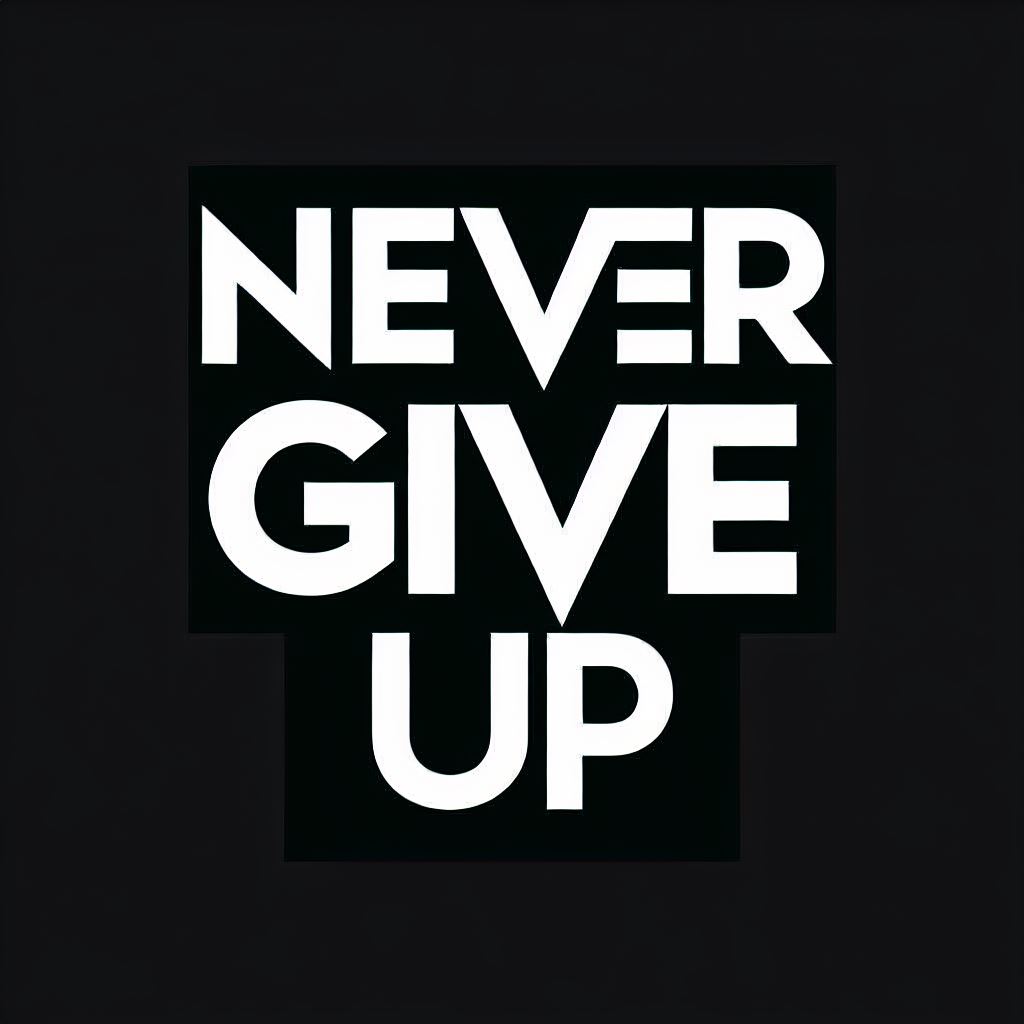3 Strategies from Leaders that Thrived
1. The Business Thrived During the Shutdown

The global shutdown posed significant challenges for businesses across all sectors. Yet, many small manufacturers demonstrated remarkable resilience and adaptability, managing not only to survive but to thrive during this period.
One key factor in their success was the ability to pivot quickly. Small manufacturers, with their agile structures, were able to adapt their production lines to meet the changing demands. For instance, many shifted to producing essential goods such as personal protective equipment (PPE), sanitizers, and other critical supplies. This not only kept their operations running but also opened up new revenue streams.
Innovation played a crucial role as well. Small manufacturers embraced new technologies to streamline their processes and improve efficiency. Automation and digital tools became essential, reducing the reliance on human labor and minimizing disruptions caused by social distancing measures. This technological shift not only enhanced productivity but also positioned these manufacturers for future growth.
Moreover, strong community ties and customer relationships were vital. Small manufacturers often have close-knit relationships with their local communities and customers. During the shutdown, they leveraged these connections to maintain trust and loyalty. By communicating transparently and offering flexible solutions, they were able to retain their customer base and even attract new clients.
In conclusion, the ability to adapt, innovate, and maintain strong relationships enabled small manufacturers to thrive during the shutdown. Their resilience and agility serve as an inspiring example of how businesses can navigate and succeed in challenging times.
2. Finding New Resources

During the lockdown, small manufacturers faced unprecedented challenges. However, their ability to find new resources played a crucial role in their survival and success.
One key strategy was leveraging local supply chains. With global supply chains disrupted, many small manufacturers turned to local suppliers for raw materials and components. This not only ensured a steady supply but also strengthened community ties.
Innovation was another critical factor. Small manufacturers adopted new technologies to optimize their operations. For example, they utilized digital platforms to source materials, manage inventory, and streamline production processes. This shift to digital tools enhanced efficiency and reduced costs. Collaboration also proved essential. Small manufacturers formed partnerships with other businesses to share resources and expertise. These collaborations enabled them to overcome resource shortages and maintain production levels.
3. Did not shut down, ever!

Many businesses faced immense pressure to close their doors during this time. However, some demonstrated an unyielding spirit, refusing to shut down. These resilient businesses adapted quickly, finding innovative ways to continue operations. They embraced remote work, leveraged digital tools, and diversified their offerings to meet new demands. By staying connected with their customers and communities, they maintained trust and loyalty. Their determination and adaptability not only kept them afloat but also positioned them for future success. This unwavering commitment to never shutting down serves as an inspiring example of resilience in the face of adversity.
As a reminder, this is where these comments originated.
Lockdown 2020
Just as the lockdown occurred in 2020, I reached out to leaders in my network and asked them several strategic questions. I did this as a hedge against falling into the void for myself and possibly for them if it served that purpose.
The responses were obviously shaded with fear and concern, as well as toughmindedness that ended up enabling most of them to survive and even thrive during the lockdown.
How did you make it and thrive?
Then, when the dust seemed to settle in 2022, I went back to those same leaders and asked them how they survived the apocalypse. The responses are a treasure chest of business counsel that stands the test of time in good times or bad.
The following are a few comments from these leaders after the apocalypse…which didn’t really happen, especially the way the media portrayed it. The world did not end, but unfortunately there was plenty of collateral damage and lives lost.